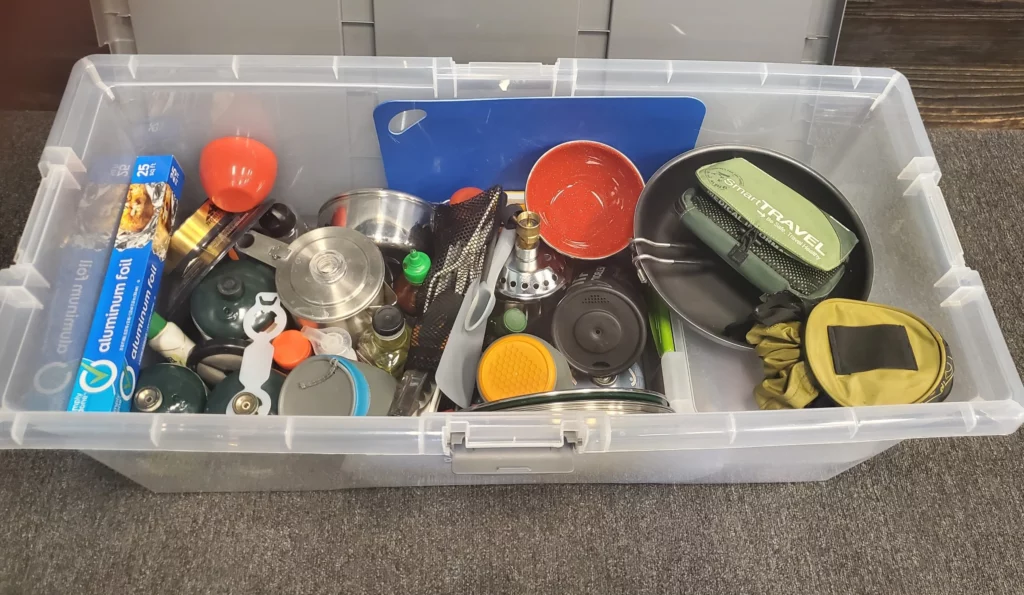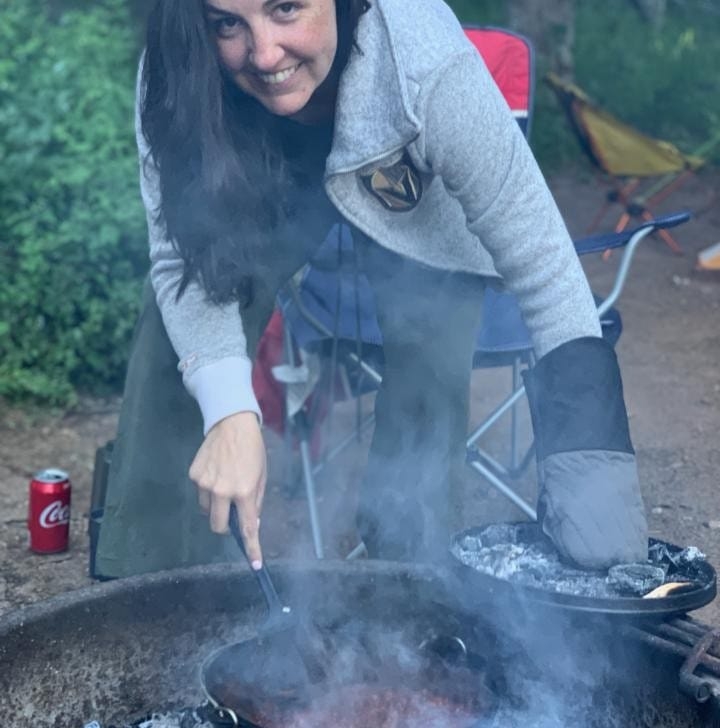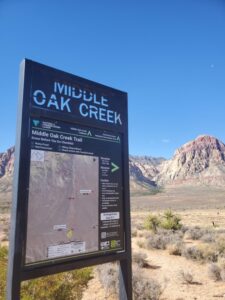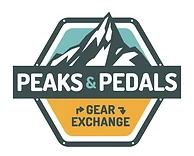The summer is here and and June is National Camping Month. Let's talk about camp boxes.
Camp boxes (or chuck boxes) are a great way to ensure you don’t forget essentials. Remembering everything for a trip can be tough, but important, because finding yourself in the middle of the desert or woods without plates or toilet paper (oh my) can be a real bummer. Below is a quick guide on how to build a camp box that works for you.
The Container
The container an be as complicated or as simple as you would like. I started out with a simple plastic bin from Walmart, which I used for the better part of a decade (see picture on left). Next I upgraded to a longer box (see middle picture). There are containers on the market that are specifically built for camping, such as the Chuck Box Camp Kitchen (pictured right).
What to Put in Your Box
Next, you need to fill your box. Below is a list of items I find helpful, but each box will be unique to the camper.
-
Plates, cups, and utensils – Metal or quality plastic kitchenware lasts longer and eco-friendly compared to one-time-use items.
-
Cutting board and knife – a good addition if you like to cook!
-
Pot and/or pan (with spatula) – Cast iron pans and dutch ovens are great for cooking over a fire.
-
Camp sink – I use the kitchen sink from Sea to Summit. Biodegradable soup is a good option for washing hands and dishes. Please do not throw soapy water into any water source. Make sure to dig a hole at least 200 hundred feet away from a water source to dispose of your water. A small shovel is useful for this.
-
Can opener – bringing cans without a can opener can make for a sad dinner.
-
Spices/hot sauce/olive oils – if you cook frequently, these are nice items to have.
-
Stove w/propane canisters – a two stove burner will likely not fit in your box, but smaller one-pot burners like the Rocket Pocket can fit.
-
Coffee maker – this can be a percolator, a pour over or a french press are good options for your mornings.
-
Jet Boil – the Jet Boil offers an easy way to warm up water quickly. It is a great addition for car camping and backpacking. Some models even come with french press accessories!
-
Lighting – a traditional lantern is always handy or you can go with something smaller, like a solar lantern from Luci.
-
First aid kit – this is a must for any trip. Make sure to restock items from year to year and throw out expired items.
-
Garbage bags – packing out our waste is essential and ensures the next user can enjoy the area trash free.
-
Wash cloth/toilet paper/paper towels – a wash cloth of some sort is usually handy. Bring toilet paper to be safe, as not all outdoor toilets carry them. If there is no toilet, make sure to follow leave-no-trace guidelines. For paper towels, recycled post-consumer towels are great.

Maintenance and Storage
The first rule of a camp box – clean it after your trip. This is the hardest part of a camp box, but your future camping self will appreciate it! Trust us – opening your box to dirty dishes right before a trip or discovering it after you left home will be annoying.
In between trips, make sure to store the box in a temperature controlled area that doesn’t get too hot or cold. This is especially important if you have propane canisters or food items in your box. If you are in Las Vegas, we recommend keeping your box in the house and not in the garage during the summer.
If you are not sure where to start with your box, stop by our shop for help or check out our selection of items online.







